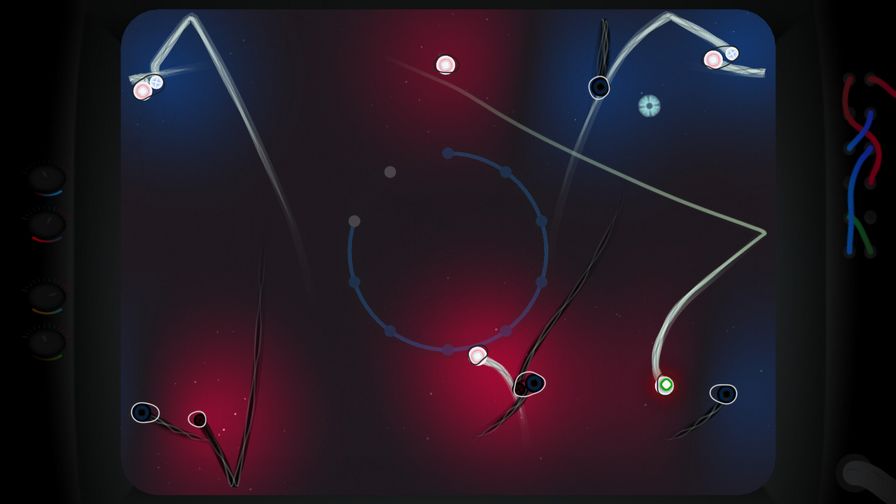Although quarks are much too small to have color or taste or any other physical characteristics we would recognize, they became clumped into six categories—up, down, strange, charm, top, and bottom—which physicists oddly refer to as their "flavors," and these are further divided into the colors red, green, and blue. (One suspects that it was not altogether coincidental that these terms were first applied in California during the age of psychedelia.)
盡管夸克太小,不可能有顏色、味道或任何別的可以識別的化學特性,它們還是被分成六類──上、下、奇、粲、頂和底,物理學家們奇怪地把這些統稱為它們的“味”;它們又進一步被分成紅、綠和藍三種顏色。(人們懷疑,這些名稱原先在迷幻藥時代在加利福尼亞州使用過。這不完全是一種巧合。)

Eventually out of all this emerged what is called the Standard Model, which is essentially a sort of parts kit for the subatomic world. The Standard Model consists of six quarks, six leptons, five known bosons and a postulated sixth, the Higgs boson (named for a Scottish scientist, Peter Higgs), plus three of the four physical forces: the strong and weak nuclear forces and electromagnetism.
最后,出現了所謂的標準模型。對亞原子世界來說,它實際上是一個元件箱。標準模型的組成成分是:6種夸克、6種輕子、5種已知的玻色子和1種假設的玻色子(即希格斯玻色子,以蘇格蘭科學家彼得·希格斯的名字命名),加上4種物理力中的3種:強核力、弱核力和電磁力。
The arrangement essentially is that among the basic building blocks of matter are quarks; these are held together by particles called gluons; and together quarks and gluons form protons and neutrons, the stuff of the atom's nucleus. Leptons are the source of electrons and neutrinos. Quarks and leptons together are called fermions. Bosons (named for the Indian physicist S. N. Bose) are particles that produce and carry forces, and include photons and gluons. The Higgs boson may or may not actually exist; it was invented simply as a way of endowing particles with mass.
這種安排其實說明,在物質的基本材料中有夸克;夸克由名叫膠子的粒子黏合在一起;夸克和膠子一起形成了原子核的材料,即質子和中子。輕子是電子和中微子的來源。夸克和輕子統稱為費密子。玻色子(以印度物理學家S.N.玻色的名字命名)是產生和攜帶力的粒子,包括光子和膠子。希格斯玻色子也許存在,也許不存在;這完全是為了賦予粒子質量而發明出來的。












